No products in the cart.
Z wave- A Complete description 1
If you’re new to home automation, you’ve probably seen the Z-Wave emblem splattered on the boxes of smart gadgets or plastered across product listings.
This term might put you in confusion like what is this last alphabet merged with the word wave and how does it help in smart home automation?
Worry not, we are here to help you and clear all your doubts and make you super familiar with the word Z-wave automation.
An Introduction
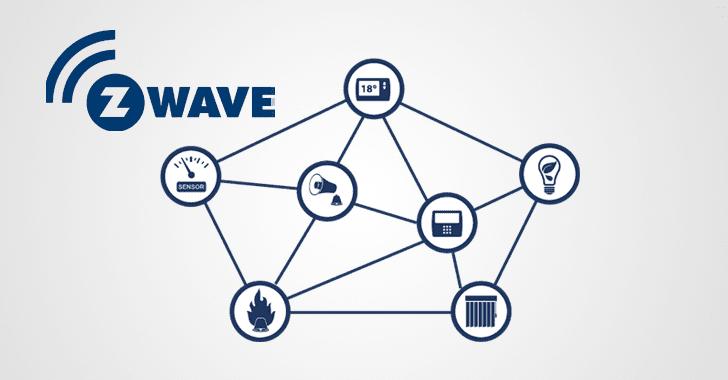
The next wireless communication standard for home automation equipment is Z-Wave technology.
Z-Wave is home automation and remote control communication protocol:
“The Z-Wave ecosystem encompasses more than 2,400 interoperable products from more than 700 leading worldwide brands. These products work together through stringent enforcement of Z-Wave certification, performed at independent test labs.” – Z-Wave Alliance
That is the official definition, but it doesn’t tell you much.
It is one of the upcoming new communication standards in the field of Internet-of-Things, and it is used in a variety of smart home applications such as lighting, security, entertainment, and others (IoT).
It is now utilized by over 300 manufacturers and thousands of devices, making it the second most common communication protocol after ZigBee.
History
Zensys from Denmark developed Z-Wave in 2001.

The stated goal was to create a cost-effective Zigbee alternative enabling devices from different brands to communicate in harmony.
Released in 2004, Z-Wave penetrated the mass market in 2005 with the formation of the Z-Wave Alliance.
Sigma Designs purchased the Danish start-up in 2009.
As part of the changes, the trademark interests in Z-Wave were retained in the United States by Sigma Designs and acquired by a subsidiary of Aeotec Group in Europe. On January 23, 2018.
In 2005, there were six products on the market that used Z-Wave technology.
By 2012, as smart home technology was becoming increasingly popular, approximately 600 products were using Z-Wave technology available in the US.
As of January 2019, there are over 2,600 Z-Wave certified interoperable products.
What is Z-wave?
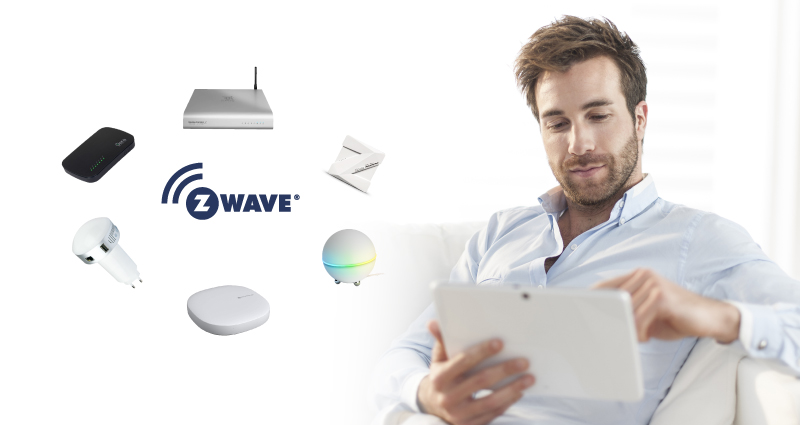
Z-Wave is a wireless protocol harnessing low-energy radio waves to help smart automation devices or appliances communicate successfully with one another.
Z-Wave operates using very little power. By using frequencies of 908.42 MHz in the US and 868.42 MHz throughout Europe, Z-Wave suffers from very little interference as the 800 to 900 band is well clear of the 2.4GHz and 5GHz used by WiFi and other devices, appliances, and protocols.
In contrast to the ZigBee protocol, which operates at 2.4GHz wireless frequency, Z-Wave operates at 900 Mhz frequency bands. Because of band constraints in different geographies, Z-Wave is a region-specific protocol, which means it has different legally permissible frequencies in different regions.
Z-Wave, on the other hand, performs better because it operates at a lower frequency.
Because of its longer wavelength and lower frequency, Z-Wave can easily penetrate objects and walls, resulting in a more reliable and faster communication topology between connected Z-Wave devices.
Z-Wave Alliance
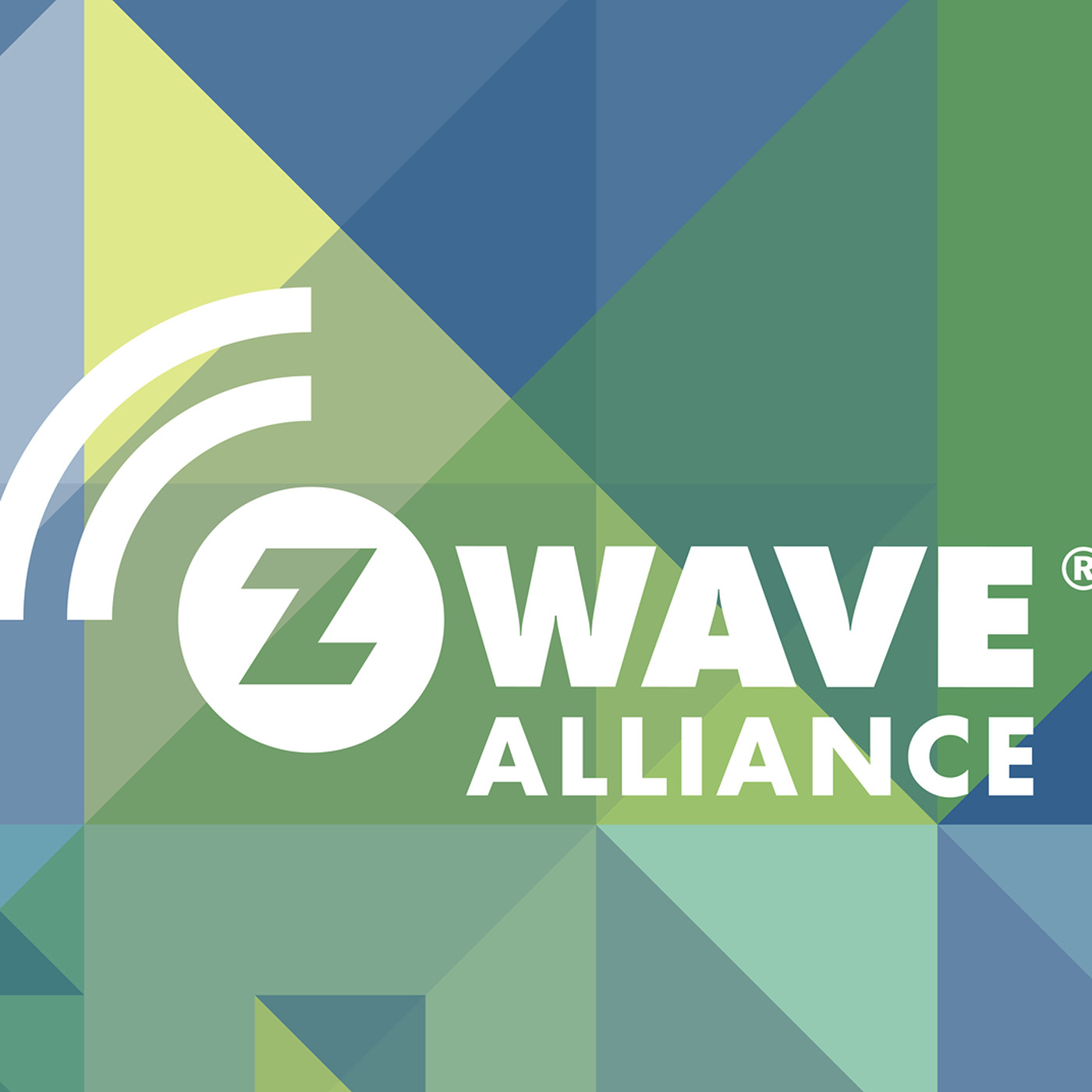
The Z-Wave Alliance is responsible for certification and makes sure that every Z-Wave device conforms to rigid standards. The result of the Z-Wave Alliance is that every Z-Wave controller will assuredly work with every Z-Wave deviceSigma has a patented technology and also licenses Z-Wave technology and runs the Z-Wave Alliance.
The principal members of the Z-Wave Alliance are Nortex Security and Control, LG Uplus, Ingersoll Rand, ADT Corporation, FAKRO, and Sigma Designs. This partnership is in charge of certifying and ensuring that all devices meet stringent criteria. It is also required that every Z-Wave device be compatible with every Z-Wave controller.
There are various open-source options available for Z-Wave vendors to create products of their own. They just need a Z-Wave transceiver and a Z-Wave OEM like an Intermatic USB stick to start.
As part of the strong Z-Wave Alliance, over 600 firms produce over 2400 devices.
How Does Z-Wave Work?

Layer upon Layer of Z-Wave
Z-Wave systems are composed of three distinct layers:
- Radio
- Network
- Application
It is the way these layers all interact with one another that results in such a smooth, dependable network.
The application layer is what matters when it comes to how Z-Wave truly works – and we’ll get to that soon once the groundwork is built and all terminology is defined.
Devices can communicate with one another thanks to this layer.
Before we begin, there are a few additional terminologies that will help you better understand the fundamentals of a Z-Wave system.Z-Wave is a wireless, secure mesh network. Your devices, as described above, are controlled by a controller, key fob, smartphone, tablet, or computer.
A command is sent from whatever controller you are using to a hub, which then routes the command to the destination device. If you want remote access, you’ll need the hub. The 2-way system included in Z-Waves devices is used for communication, thus everything happens in the background with no user input other than the command.
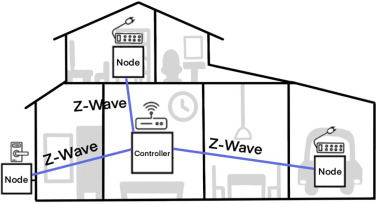
Before devices can be controlled, they must be joined to the network – included. The network itself is identified by a Network ID, whereas devices are identified by a Node ID.The separate network ID ensures there will be no clash or security risk if your neighbor also uses a Z-Wave system in their smart home.
Different frequencies Of Z-Wave in different countries
- Australia: 921.42 MHz
- China: 868.42 MHz
- Europe and South Africa: 868.42 MHz
- India: 865.22 MHz
- Japan: 951-956 MHz
- Hong Kong: 919.82 MHz
- Malaysia: 868.10 MHz
- New Zealand: 921.42 MHz
- Singapore: 868.42 MHz
- UAE: 868.42 MHz
- USA/Canada: 908.42 MHz
- Brazil: 908.42 MHz
Advantages of Z-wave technology
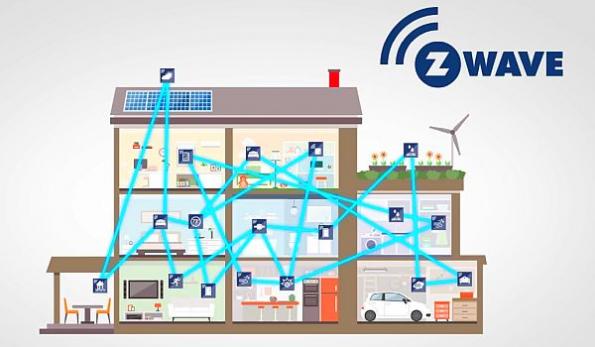
We’ll highlight some of the key benefits of Z-Wave so you can see at a glance where this protocol wins out:-
- Affordability
- Ease of Installation
- Interoperability
- Reliability
- Security
Z-Wave Plus

The Z-Wave Plus protocol and compatibility certification program were launched in 2013 by Sigma Designs and Z-Wave Alliance as Z-Wave Plus — a new protocol and interoperability certification program.
Z-Wave Plus was built by combining the early features of Z-Wave, which included 300-400 series SoCs, to build new 500 series SoCs.Z-Wave Plus is, in some ways, old, despite the fact that it is being utilised for marketing purposes. A few years ago, the platform received a significant improvement, with increased range and battery life, as well as the addition of additional channels.
The great majority of Z-Wave products on the market today will be Z-Wave Plus, also known as the Z-Wave 500 series.
Future of Z-wave technology
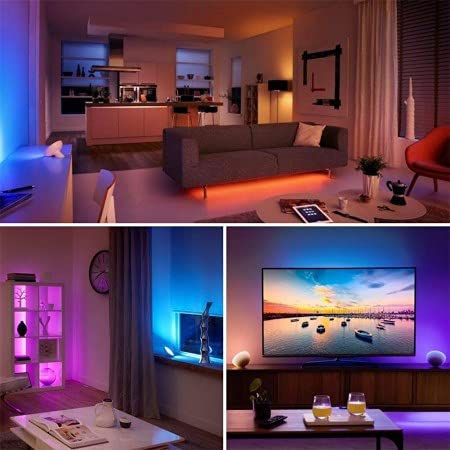
“Silicon Labs and the Z-Wave Alliance and its ecosystems will continue to advance the Z-Wave technology roadmap, delivering innovations that engage millions of smart home product users. Z-Wave is a proven, broadly deployed technology that just reached the milestone of 100 million devices in the market. The acquisition will drive collaboration and expand access to a diverse ecosystem network of partners including Amazon, Alarm.com, ADT, Samsung SmartThings, Yale, Vivint, Google Home, and Comcast.” – Raoul Wijgergangs, Vice President and General Manager of Z-Wave.
Conclusion
We hope today’s detailed look at how Z-Wave works have given you a much more precise idea of how you can harness this dependable communication protocol in your connected home.
FAQs
Why doesn’t the Z-Wave Radio use the 2.4GHz band?
The sub-GHz frequency range used by Z-Wave throughout the world has a physical propagation range that is approximately 2.5 times the equivalent 2.4GHz signal. This allows for the Z-Wave radio to consume less power compared to wireless devices that operate in the 2.4GHz band. Apart from that, the 2.4 GHz band is very crowded with, for example, Wi-Fi networks.
How many nodes can be present in a single Z-Wave network?
A single Z-Wave network can include 232 nodes. If necessary, more than one network can be bridged to extend the number of nodes further, although this is normally not needed in a residential environment.
Does Z-Wave support battery-operated devices?
Yes. A typical Z-Wave network contains a mixture of AC-powered and battery-powered nodes. Battery power is used for remote controls, sensors, and switches. AC power is used for devices, which require power to operate, such as lamps and power sockets.

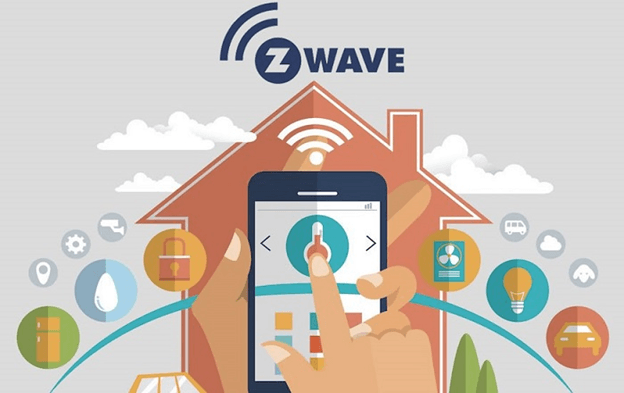
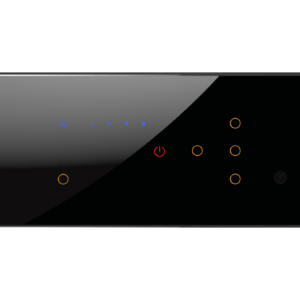
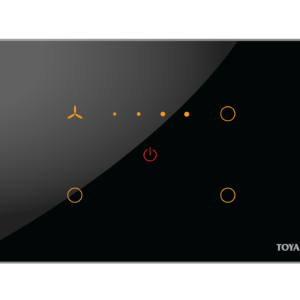
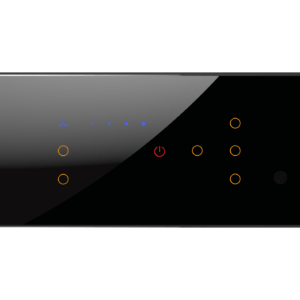
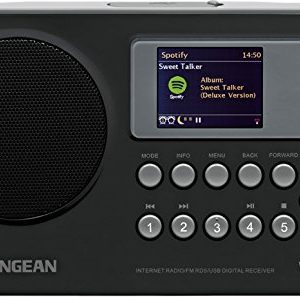
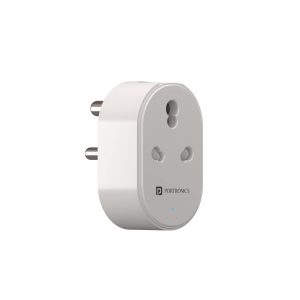
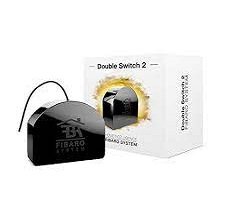
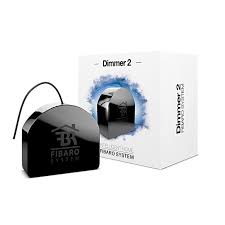
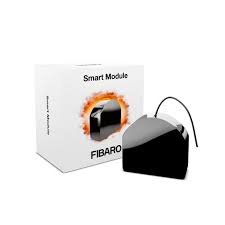
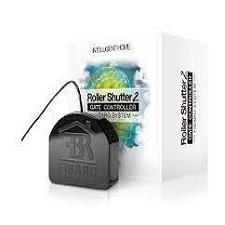
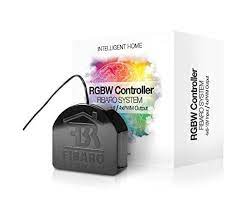
Very educative. Thanks Kunal.